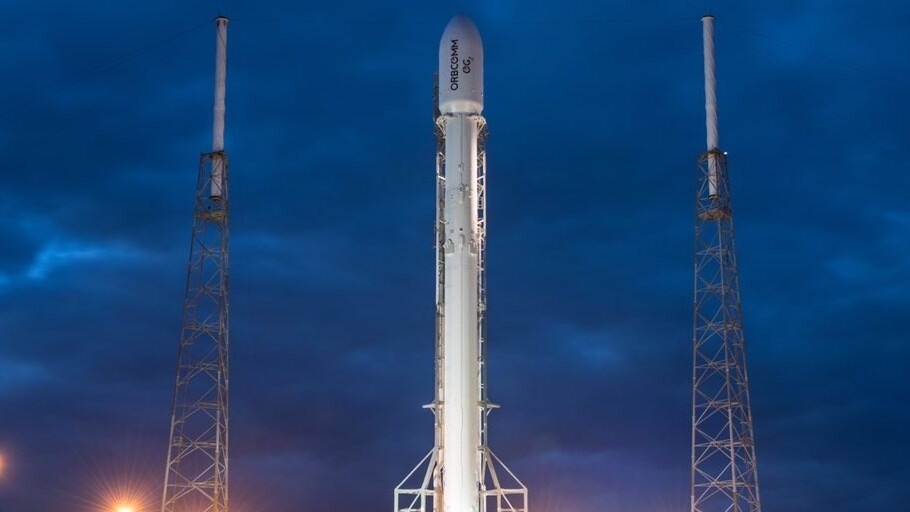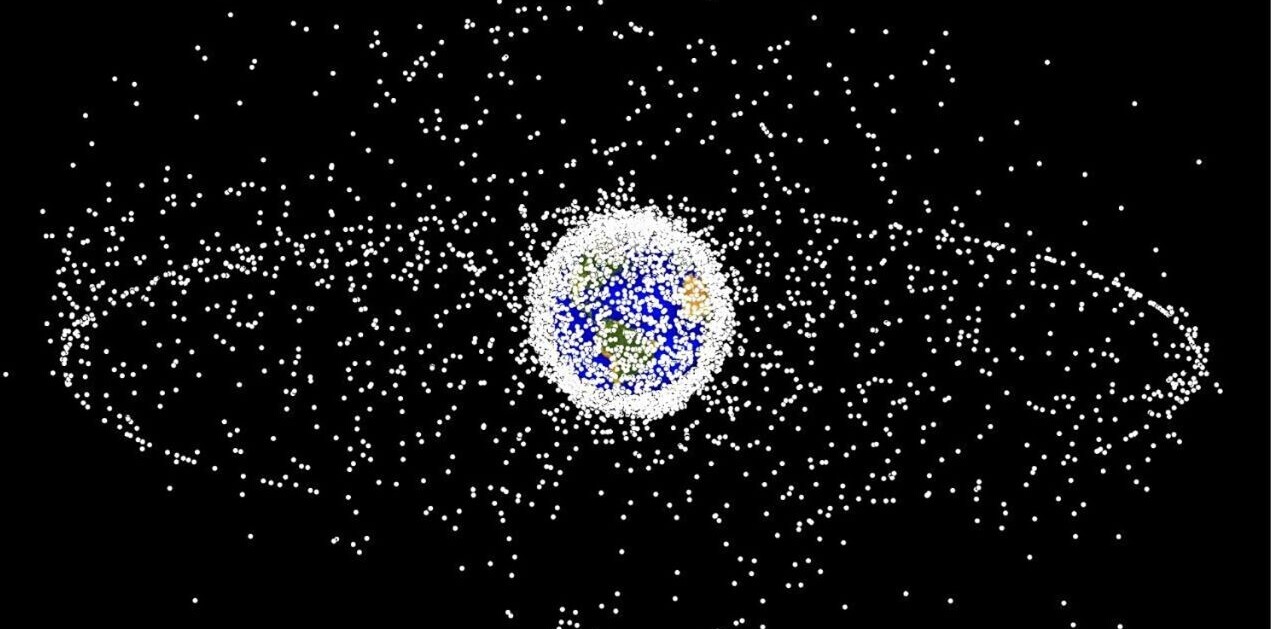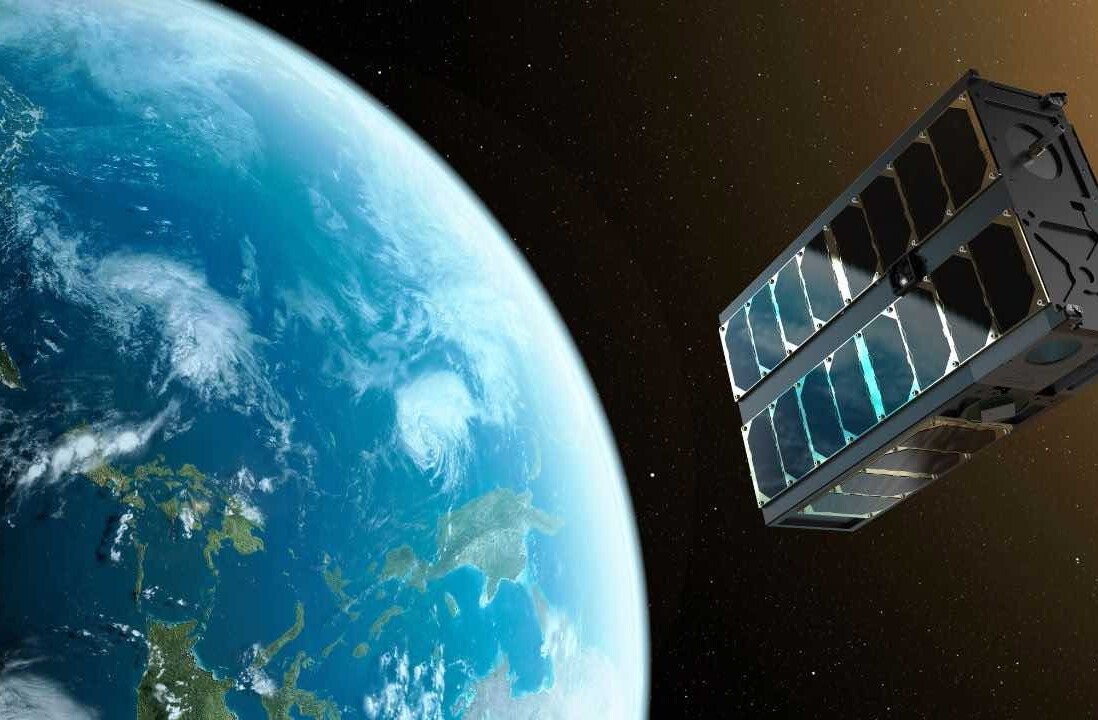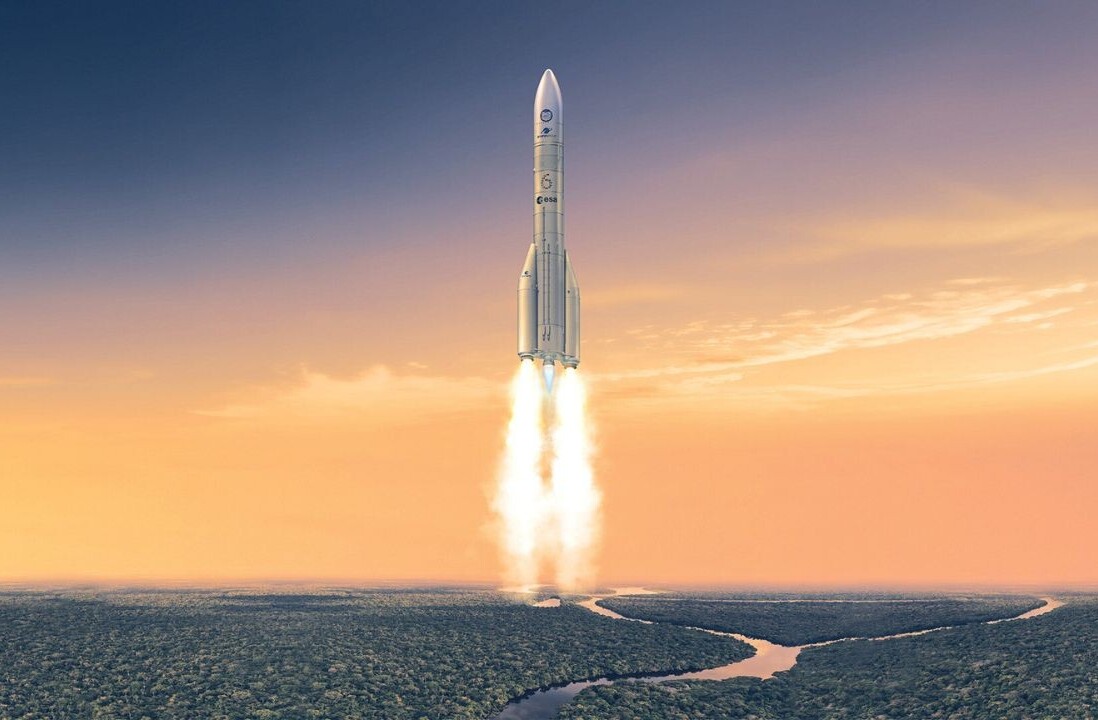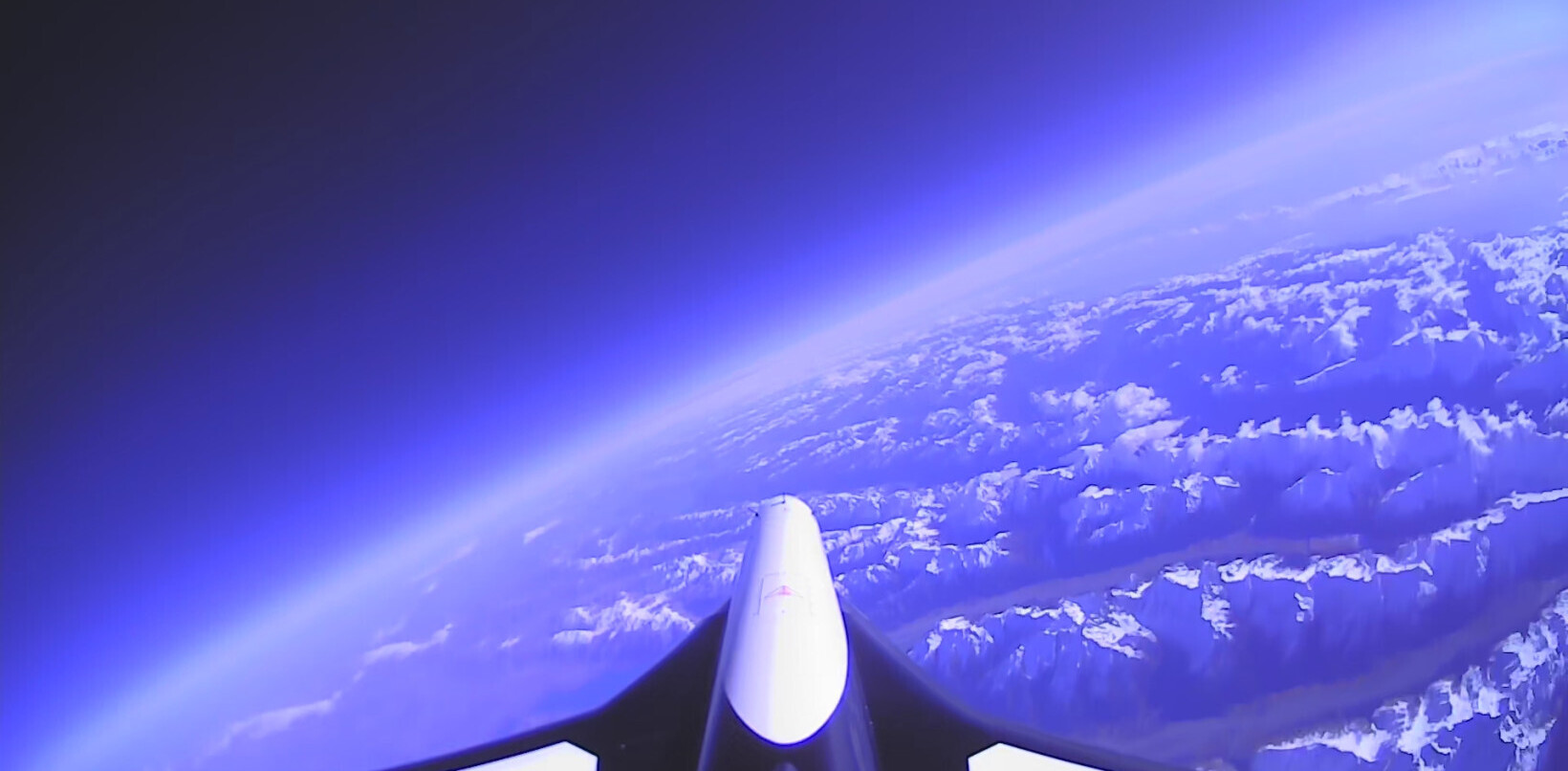After failing to land its Falcon 9 rocket at sea twice last year, Elon Musk’s SpaceX is hoping third time’s the charm. The company will attempt to land its vehicle on a floating barge after it blasts off on January 17, reports Reuters.
SpaceX will use an older version of the Falcon 9 than the one that successfully landed last month at Cape Canaveral Air Force Station in Florida. The Falcon 9 v1.1 doesn’t have as much thrust as the latest version and will also ostensibly require less fuel to land at sea.
This mission will see the SpaceX’s vehicle carry a NASA Jason-3 ocean monitoring satellite.
Roughly two minutes after the Falcon 9 takes off from the Vandenberg Air Force Base in California, the first stage of the rocket will separate, flip around, fire engines to slow its descent, deploy landing legs and attempt to touch down on a floating landing pad in the Pacific Ocean.
If it succeeds, SpaceX will attempt to recover its boosters from more of its space missions to help reduce costs. The first stage of its Falcon rockets sell for about $61 million each.
Last month, Musk said at the American Geophysical Union conference in San Francisco, “With reusable rockets, we can reduce the cost of access to space by probably two orders of magnitude,” or a factor of 100.
That should help the company an edge over rival space firms like Amazon CEO Jeff Bezos’ Blue Origin, as well as United Launch Alliance, a collaboration between Lockheed Martin and Boeing.
➤ SpaceX to retry ocean rocket landing after success on land [Reuters]
Get the TNW newsletter
Get the most important tech news in your inbox each week.
